Books
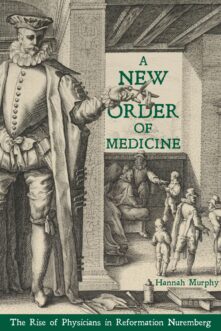
A New Order of Medicine
The Rise of Physicians in Reformation Nuremberg
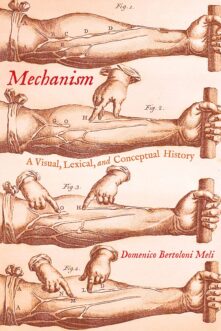
Mechanism
A Visual, Lexical, and Conceptual History

Entangled Itineraries
Materials, Practices, and Knowledges across Eurasia

The Correspondence of John Tyndall, Volume 6
The Correspondence, November 1856-February 1859
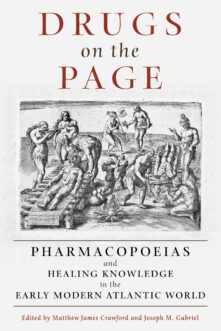
Drugs on the Page
Pharmacopoeias and Healing Knowledge in the Early Modern Atlantic World
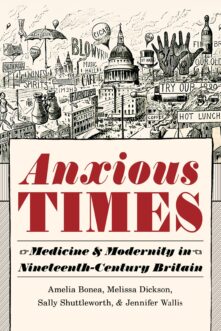
Anxious Times
Medicine and Modernity in Nineteenth-Century Britain
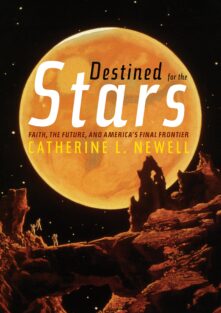
Destined for the Stars
Faith, the Future, and America's Final Frontier
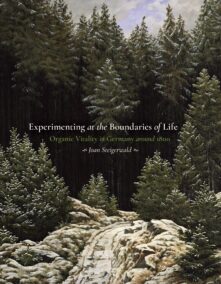
Experimenting at the Boundaries of Life
Organic Vitality in Germany around 1800

Working with Paper
Gendered Practices in the History of Knowledge
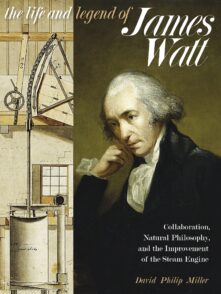
The Life and Legend of James Watt
Collaboration, Natural Philosophy, and the Improvement of the Steam Engine
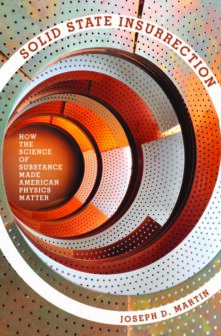
Solid State Insurrection
How the Science of Substance Made American Physics Matter

News from Mars
Mass Media and the Forging of a New Astronomy, 1860-1910
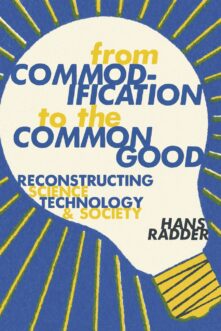
From Commodification to the Common Good
Reconstructing Science, Technology, and Society

World’s Fairs in the Cold War
Science, Technology, and the Culture of Progress
Total 137 results found.


